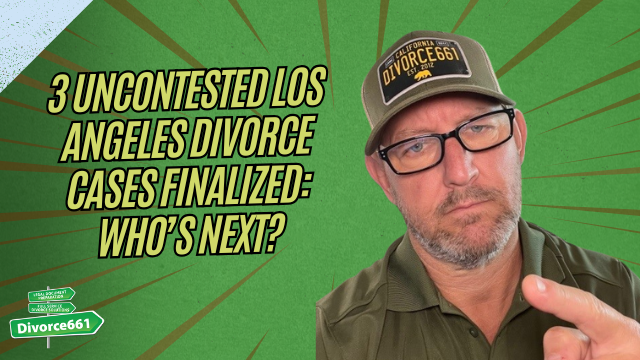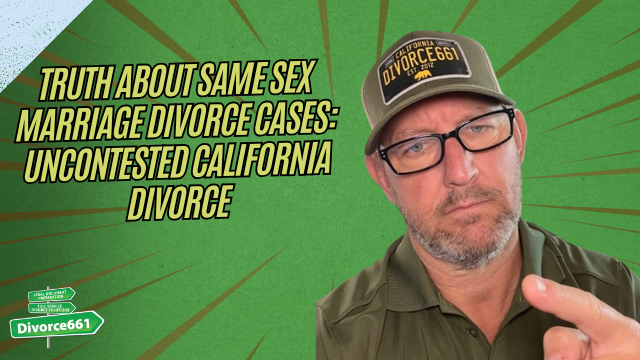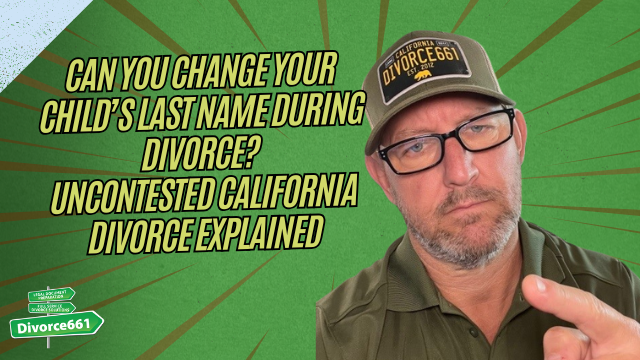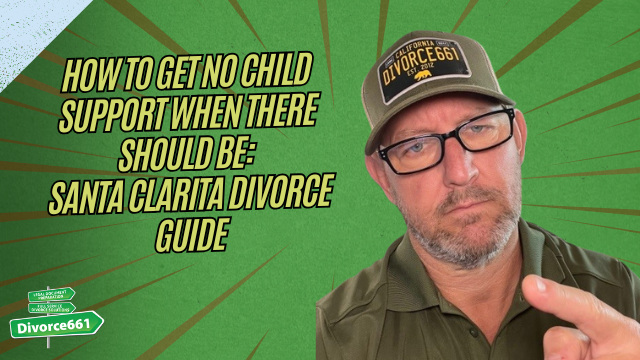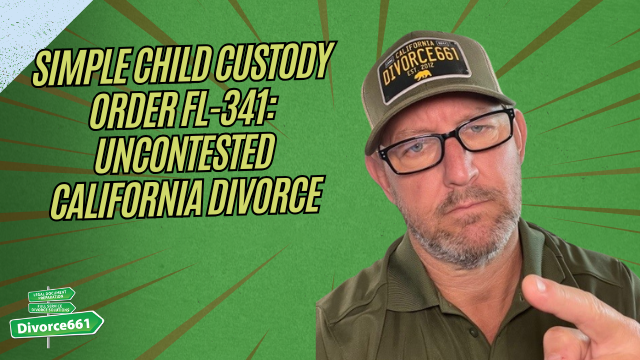🔥 3 Uncontested Los Angeles Divorce Cases Finalized: Who’s Next?
In the fast-moving world of family law, efficiency and clarity are key to helping clients move forward with their lives. Recently, three uncontested divorce cases were finalized swiftly in downtown Los Angeles, showcasing how streamlined the process can be when both parties are in agreement. This article dives into the details of these cases and explores what this means for others considering divorce in the Los Angeles area.
Streamlining Divorce in Los Angeles
Yesterday, three separate divorce cases were electronically filed at the downtown Stanley Mosk Courthouse. What’s remarkable is that all three cases were already approved by the very next morning, meaning the divorces were officially finalized within 24 hours of filing.
This rapid turnaround highlights the efficiency of uncontested divorce proceedings when both spouses agree on the terms. By minimizing disputes and paperwork, uncontested divorces can be completed quickly, saving time, money, and emotional stress.
What Is an Uncontested Divorce?
An uncontested divorce occurs when both parties mutually agree on all key aspects of the separation, including property division, child custody, and support arrangements. This agreement allows the court to process the divorce without the need for lengthy hearings or trials.
- Faster Processing: Without disputes, the court can approve the divorce quickly.
- Lower Costs: Less need for attorneys and court appearances reduces expenses.
- Reduced Stress: Cooperation between parties helps ease the emotional burden.
Why Choose an Uncontested Divorce?
For many couples, uncontested divorce offers a practical and amicable solution. The three cases recently finalized in Los Angeles serve as prime examples of how this process can be both effective and respectful to all involved. When spouses can communicate and reach consensus, they can close this chapter of their lives efficiently and with dignity.
Who’s Next?
If you are considering divorce and want to avoid the typical delays and complications, an uncontested divorce might be the best path forward. The recent successful filings at the Stanley Mosk Courthouse demonstrate that with proper preparation and agreement, divorces can be finalized quickly and smoothly.
Whether you are just starting to think about divorce or are ready to file, understanding the benefits of uncontested divorce can empower you to make informed decisions that best suit your situation.
Final Thoughts
The swift finalization of these three uncontested divorce cases in downtown Los Angeles is a testament to how modern family law procedures can work efficiently when both parties cooperate. This model not only expedites the legal process but also helps individuals move on with their lives sooner.
If you’re contemplating divorce, consider whether an uncontested approach could work for you. With clear communication and mutual agreement, you, too, could be among the next to have your case finalized swiftly and without unnecessary complications.

